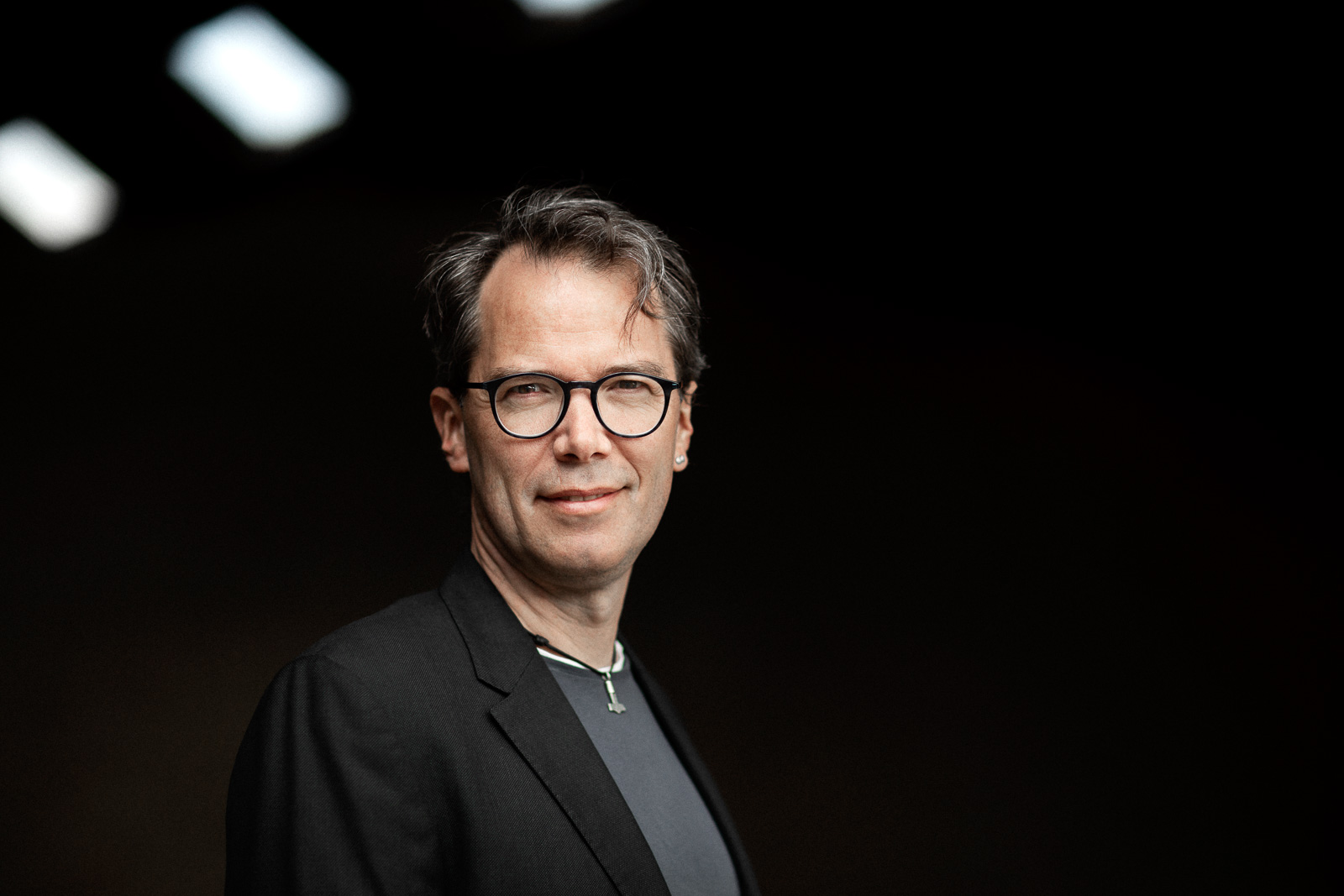Mini-organs to pave the way for better understanding of diseases
Thomas Sørensen is a new associate professor at Aarhus University. He will be researching into organoids; mini copies of human organs that may have a major impact on the treatment of illness in the future.

Over the past five decades, technological developments in the healthcare system have been accelerating. One of the most recent technological advances, promising great perspectives for treating a wide range of serious diseases in the future, is stem cells.
Thomas Sørensen is a new associate professor at the Department of Engineering at Aarhus University, and he is conducting research into organoids, which are miniaturized and anatomically realistic copies of human organs, developed from stem cells.
"Organoids are the next generation of stem-cell technology, whereby we use stem cells to develop millimetre-sized, 3D cell cultures that we can examine in completely new ways to learn more about our real organs. For example, we can get closer to understanding why neurological diseases arise, and possibly how they can be stopped, how new drugs are absorbed and work on different parts of our body, how we can treat cancer and how a medicine can get inside a tumour," says the associate professor.
Thomas Sørensen is now starting a new research group within the field of medical biotechnology at the department, with focus on organoids and how technology can be used to get closer.
(The article continues below the picture)

Example of human cerebral organoid. Their organization, structure, and electrical signaling are similar to brain tissue. Photo: Wikimedia Commons.
One of the technologies Thomas Sørensen wants to use in connection with organoids is the more than 100-year-old X-ray technology, which is also currently undergoing rapid development.
"X-ray technology has enormous potential, because we can use the technology in new ways and in combination with organoids. This makes it possible to take high-resolution images of entire mini-organs, which can then provide us with far better understanding of their function," he says.
Thomas Sørensen is a qualified biochemist from Aarhus University, where he also took a PhD in medicine. Since then, he has researched at Oxford University and worked at the Diamond Light Source; the UK's national particle accelerator.
He was born and raised in Aalborg, but moved to Aarhus when he started at the university. A chemistry teacher at his upper secondary school initially aroused his interest in chemistry and biotechnology.
"She was amazingly inspirational and committed. And it goes to show just how important it is to spread the word about science and technology at a young age. Chemistry and the natural sciences in general are an important and hugely interesting part of our world, and I hope that many more young people realise this too," he says.
Contact
Thomas Lykke-Møller Sørensen
Associate professor, Aarhus University
Mail: tlms@eng.au.dk
Tel.: +45 93521443
